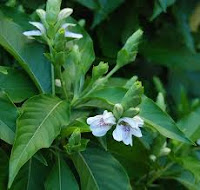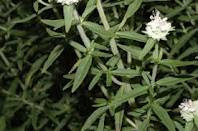WHAT IS SAMOSA? HOW TO MAKE SAMOSA: EASY AND TASTY RECIPE
Samosas are very popular street food in Pakistan and you can buy them almost anywhere, in special samosa shops where you can sit and eat them, covered with a delicious imli (tamarind) sauce, or with a different sauce (called ‘chutney’ here) such as a mint sauce.. They are one of the foods served to break the fast during Ramadan and are frequently served with pakoras.
What are samosas? They are stuffed savoury pastries and may be stuffed with potatoes, which is most common and the recipe given here, or they can be stuffed with minced (ground) beef and peas, or with chicken, or a mixture of vegetables.
Ingredients
Pastry
2 cups fine flour (maida), sifted
2 tsps oil
warm water to mix
1 egg, beaten to seal pastry
Filling
3-4 potatoes depending on size
3 green chillies, finely chopped
1 onion chopped into small pieces
½ tsp ginger root, finely chopped
1 tbsp fresh coriander leaves, shredded finely
1 tbsp mint leaves, finely shredded
 1 tbsp anar dana (dried pomegranate seeds), soaked for 15 mins before using
1 tbsp anar dana (dried pomegranate seeds), soaked for 15 mins before using1 tsp cumin seeds
1 tsp garam masala
1 tsp coriander seeds
1 tsp turmeric
oil for deep frying
Method
Mix flour with salt ajwain or thyme and the oil then add water slowly as needed to make a dough. Shape into 4 balls of equal size, cover in cling film and leave to chill for ½ an hour as this makes it easier to roll out the pastry.
Now roll them into rounds of 6 inches and cut in the middle.
Filling: -
Boil the potatoes peeled and whole then leave them to cool and mash them with all the other ingredients.
Beat the egg and use to seal two sides of each cone of pastry. Fill the cone with the filling and seal the end with the egg again.
Heat the oil for deep-frying and when hot enough to fry chips or French fries, lower the samosas into it a batch at a time so that they cook evenly.
Fry until the pastry is golden brown, remove from the oil and drain on absorbent paper.
Serve with chutney (sauce).
This has Taste and is a Treat.













































